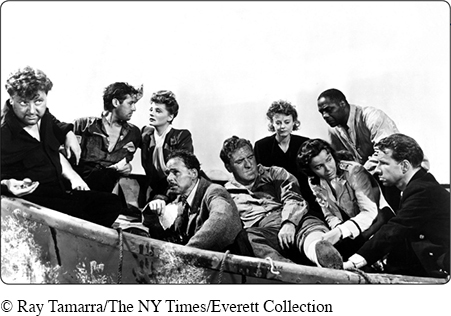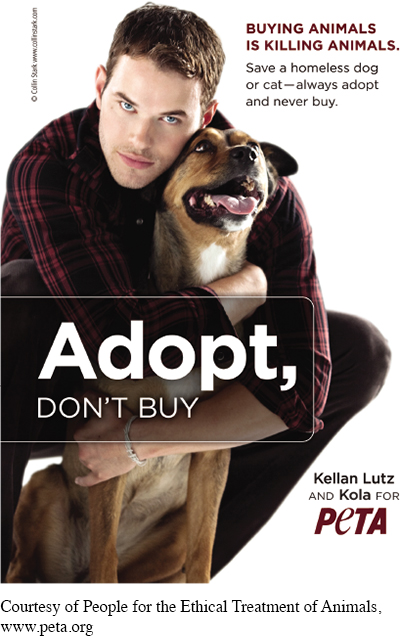Understanding Ethical Dilemmas
Life decisions tend to be somewhat messy, and it is often not easy to decide what is right or wrong or what is good or bad. In many real-
The classic ethical dilemma is the so-

596
Another ethical dilemma occurs in William Styron’s 1979 novel Sophie’s Choice. The novel’s narrator is fascinated by the story of Sophie, a woman who was arrested by the Nazis and sent along with her two children to the Auschwitz concentration camp. When she arrived, she was given a choice by a sadistic guard: one of her children would go to the gas chamber and one would be spared, but she had to choose which one. If she did not choose, both children would be murdered.

Ethical dilemmas are not just the stuff of fiction; people confront them every day. For example, an owner of a business who realizes that costs must be cut faces an ethical dilemma. If the owner takes no action, the business will fail, and all the employees will lose their jobs. If the owner lays off some employees, they will be hurt, but the business might be saved and so might the jobs of the remaining workers. A surgeon who has to separate conjoined twins who share a heart also faces an ethical dilemma. If the surgeon does nothing, both twins will die, but if the surgeon operates, one of the twins might live although the other will be sacrificed.
Often, the only way to resolve an ethical dilemma is to choose the lesser of two evils. Simple “right or wrong” or “good versus bad” prescriptions will not work in such cases. For example, killing may be morally, legally, and ethically wrong, but what if it is done in self-
EXERCISE 16.1
Consider the following topics for ethical arguments. Then, decide what ethical principle you could use for each argument. For example, if you were to argue against the legalization of marijuana, you could use the principle that getting high prevents people from making wise decisions as the basis for your argument. You could then demonstrate that society is harmed when large numbers of people smoke marijuana.
The federal government should (or should not) legalize euthanasia.
A student’s race should (or should not) be a consideration in college admissions.
597
Homeless people should (or should not) be forcibly removed from city streets.
Everyone should (or should not) be required to sign an organ-
donor card. A witness to academic cheating should (or should not) report the cheater.
EXERCISE 16.2
Make a list of some rules or laws that you think are unjust. Then, next to each item on your list, write down the ethical principle on which you based your conclusion.
EXERCISE 16.3
Look at the following two images. In what sense do they make ethical arguments? What ethical principle underlies each image?

